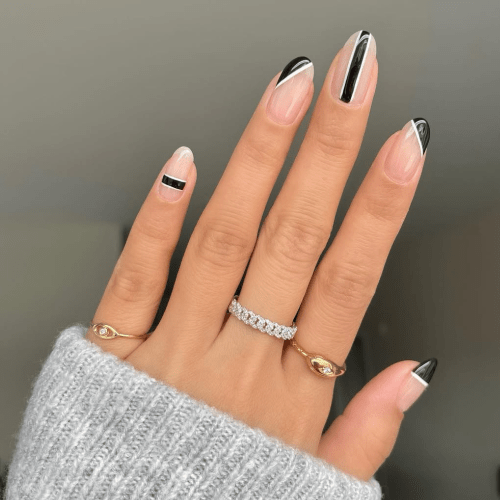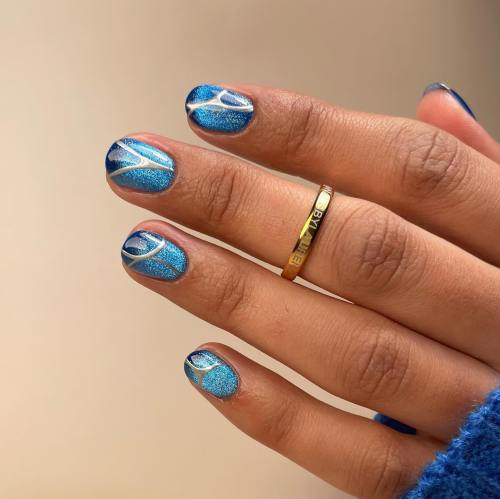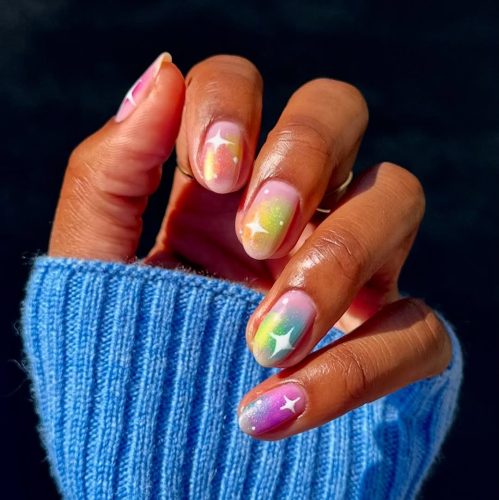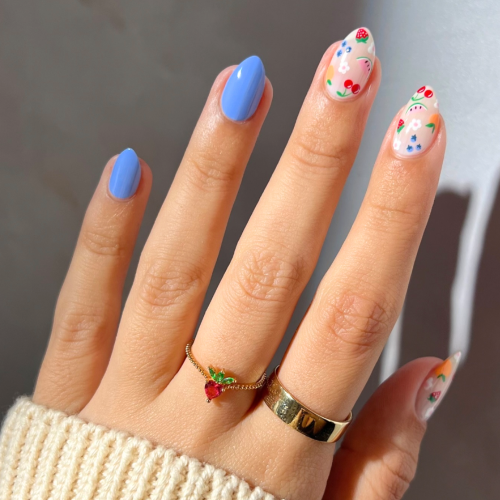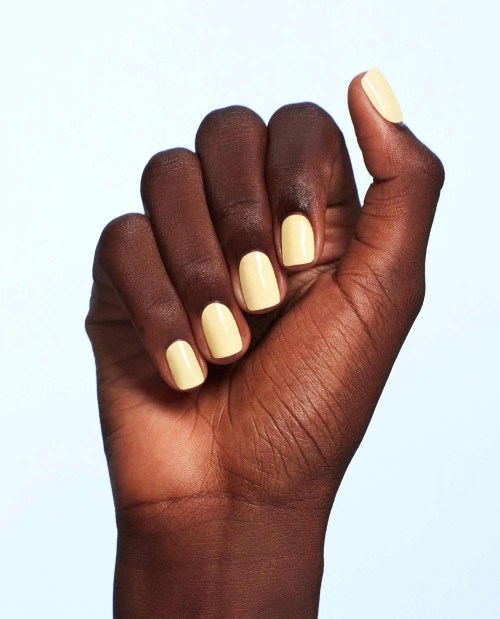How Safe Is It to Go to a Nail Salon Right Now? Experts Explain
Experts discuss nail salon safety during COVID-19 and what protocols are going to be implemented to reduce the risk of infection.
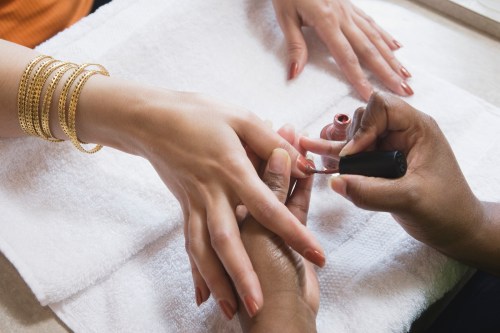
Since the beginning of the pandemic, nail salons across the country have been closed, pre-empting one of the most relaxing forms of self care. But as salons across the country begin to open back up, the chance to book a professional manicure and pedicure treatment—with that dreamy massage and perfectly-applied polish—is once again a possibility. However, with the threat of COVID-19 still looming, one might wonder about the safety of any indoor activity (nail salons included).
Experts in This Article
podiatrist and member of the Vionic Innovation Lab
Marcela Correa is a licensed medical pedicurist in New York City with over 15 years of experience.
board-certified internal medicine physician and the founder of skincare line Sunsimaya
From a big-picture standpoint, being indoors around others—at a nail salon or anywhere else—is more risky than being outside in terms of catching an infection. But to keep the risk of infection indoors as low as possible, the Center for Disease Control (CDC) is asking nail salons to follow certain protocols, including maintaining a six-feet of distance between guests, installing air filters, and requiring personal protective equipment (PPE) for both nail technicians and customers. Keep scrolling to see what the near future of nail salons will look like.
Safety protocols that nail salons will be implementing post-COVID-19
As you’re used to by now with indoor safety protocols, nail salons—as required by the CDC—will follow the general social distancing and sanitization protocols in order to reduce risks of infection. According to Jacqueline Sutera, DPM, a podiatrist and Vionic Innovation Lab member, these will be similar to what doctors’ offices are doing—which means all appointments need to be made in advance, consent and paperwork needs to be completed online, payments will be accepted through an app, and daily temperature checks will be required for technicians and clients. “Salons should limit the number of clients in the salon at once and not allow guests,” she says. “Stations should be spaced out, the salon should incorporate air filters, and there should be no eating or drinking in the service areas.”
Face masks are also a must for both customers in the salon and nail technicians. Dr. Sutera and Sunitha D. Posina, MD, a board-certified internist in New York, note that nail technicians should wear both a face mask and a face shield for added protection, as well as gloves that are changed regularly. Hand sanitizer should be at every nail station, and every surface, tool, and shared space must be sterilized after each use in order to keep the risk of infection as low as possible.
One major change you’ll notice when getting a manicure or pedicure? There will be acrylic shields installed set up that divide nail technicians and clients. “You know how you go to the bank and you transfer money between a little hole in the plastic barrier? It’s going to be like that with your hands going to the nail technician for a manicure,” says Marcela Correa, a licensed medical pedicurist whose Medi Pedi in New York City has been following strict protocols even before the pandemic. “There will be things like plastic curtains between each table, and the same will happen with your pedicures.”
Switching to single-use tools and nail supplies is also a biggie in terms of protecting customers from the spread of COVID-19 as well. “Salons will have to invest more money in individual packets for each client,” says Correa. The CDC suggests using these “where possible,” and if this isn’t feasible, tools must be disinfected after each client. But it’s important that the disinfection be thorough, otherwise, the risk of spreading an infection is more likely. Your best bet? Bring your own tools, says Correa.
How risky is it to go to a nail salon?
According to Dr. Posina, the biggest risk in terms of spreading COVID-19 in a nail salon comes from being in close proximity to someone for an extended period of time. This is because, as Erin Bromage, PhD, immunologist and professor of biology at Dartmouth wrote in a blog on COVID-19 risks, the level of risk is determined by exposure to the virus and the length of time you’re exposed. “Assuming every virus is inhaled, it would take about five minutes of speaking face-to-face to receive the required dose,” he previously wrote.
Dr. Posina adds that you’re also breathing the same air as your technician, which “opens up the chance that infectious droplets can pass through the close space,” she says. Earlier this week, upwards of 200 scientists wrote to the World Health Organization to shed a light on virus transmission through aerosolized virus particles indoors.
To ensure that your nail treatment itself is as safe as possible, avoid excessive cuticle cutting and getting your nails cut too short. “Don’t let them cut too much, just shape and file,” says Correa. And if you’re looking forward to that pedicure foot soak, it might not be an option. “Pedicures are more likely to be express: only a cut and color, no cuticle trimming, to avoid soaking and prolonging appointments,” says Dr. Posina.
Until there’s a vaccine, there’s no such thing as going to the nail salon risk-free. “Unlike a trip to the grocery store, visiting the nail salon requires physical contact with another person,” says Dr. Posina. Her tip? Call your nail salon to see what social distancing and sterilization measures they’re taking, then decide from there. Or, of course, you can continue to brush-up on your at-home manicure-pedicure skills.
Sign Up for Our Daily Newsletter
Get all the latest in wellness, trends, food, fitness, beauty, and more delivered right to your inbox.
Got it, you've been added to our email list.
